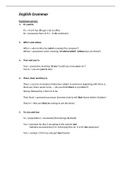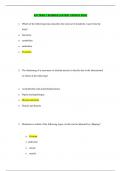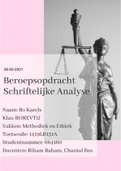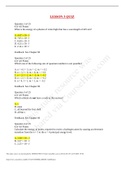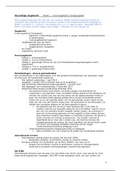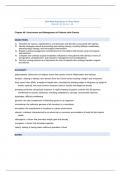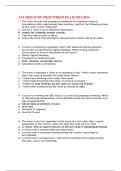Resumen
Summary Engels Grammar 1e jaar rechtspraktijk
- Grado
- Institución
Deze samenvatting bevat de hoofdstukken 1 t/m 7 van de syllabus English Grammar gegeven door G. Beheydt aan de Katholieke Hogeschool Vives. Zeer uitgebreide samenvatting. Exclusief een lijst met de irregular verbs (deze is wel gratis te downloaden bij mijn andere uploads)
[Mostrar más]
